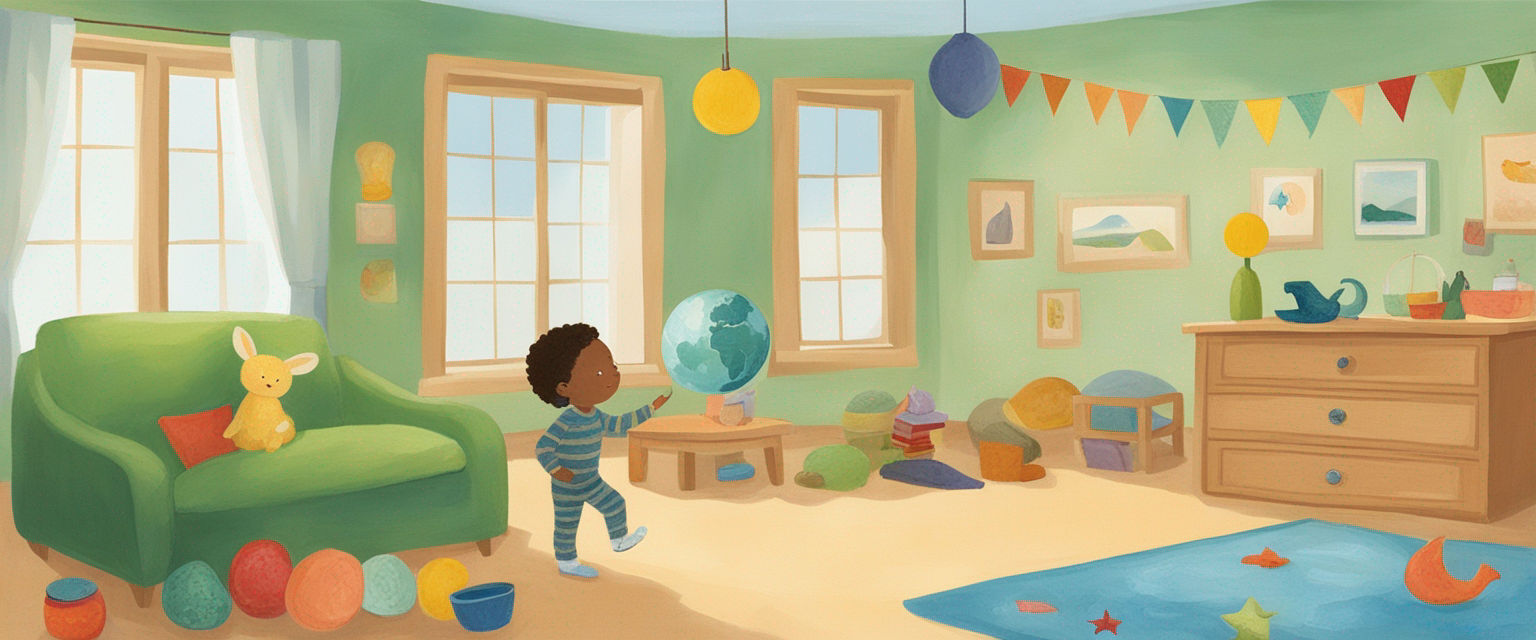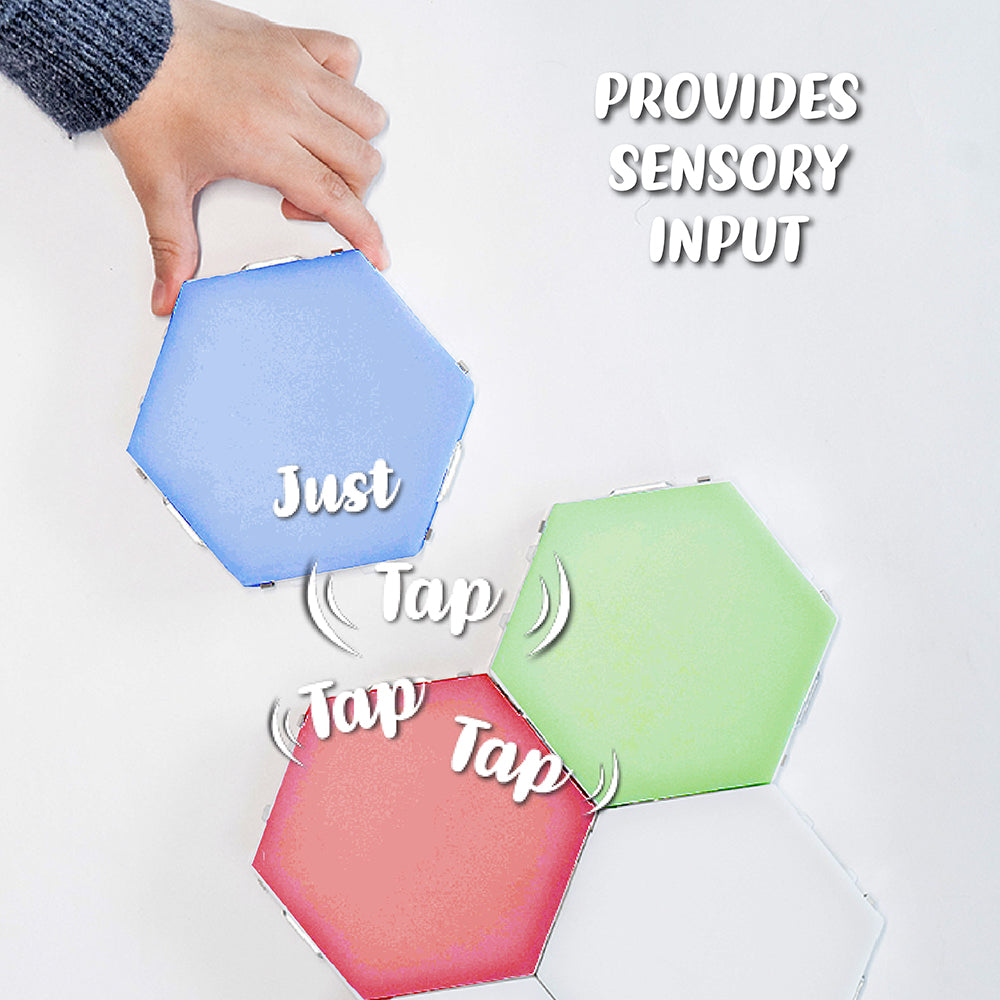 Imagine walking into a room where the lights are too bright, the noise is overwhelming, and every touch feels like sandpaper against your skin. For many individuals, particularly those on the autism spectrum, this is a daily reality. Sensory meltdowns can be a storm of overwhelming sensations that make it difficult to function. But, like any storm, they can be weathered with the right strategies and tools. To dive deeper into the mechanisms of sensory tools, you can read our article on Autism Ear Plugs.
Imagine walking into a room where the lights are too bright, the noise is overwhelming, and every touch feels like sandpaper against your skin. For many individuals, particularly those on the autism spectrum, this is a daily reality. Sensory meltdowns can be a storm of overwhelming sensations that make it difficult to function. But, like any storm, they can be weathered with the right strategies and tools. To dive deeper into the mechanisms of sensory tools, you can read our article on Autism Ear Plugs.
Understanding Sensory Processing Issues
Sensory processing issues occur when the brain has trouble receiving and responding to information that comes in through the senses. This can lead to overreaction or underreaction to sensory stimuli. For example, a simple tag on a shirt might feel like needles to someone with sensory processing issues. Understanding this is the first step in creating a more inclusive and supportive environment.Using Sensory Tools
Sensory tools can be incredibly effective in helping individuals manage sensory overload. These tools can range from noise-canceling headphones to weighted blankets, each designed to provide comfort and reduce sensory input. One particularly effective tool is the TAP-TAP Sensory Lights. These lights can transform any space into a sensory-safe environment with just a few taps, providing visual stimuli that can capture attention and interest.
Anticipation Strategies
Being proactive can make a world of difference. Anticipation strategies involve preparing for sensory overload before it happens. This could mean carrying a sensory toolkit with items like fidget toys, noise-canceling headphones, or even a favorite blanket. Knowing what triggers a sensory meltdown and having a plan in place can help mitigate the impact.Creating Safe Environments
Creating sensory-safe environments is crucial for managing sensory meltdowns. This involves designing spaces that minimize sensory overload. For instance, schools can have quiet rooms where students can go to decompress. Public spaces like malls and airports can designate sensory-safe zones with dim lighting and reduced noise.Societal and Cultural Changes
To make a lasting impact, we need to advocate for societal and cultural changes. This means pushing for policy changes that require public spaces to have sensory-safe areas. It also involves raising awareness and understanding of sensory processing issues. By educating the public, we can create a more inclusive society where everyone feels safe and supported.Practical Tips for Families
For families, managing sensory meltdowns can be challenging, but there are practical steps that can help. Creating a sensory-friendly space at home, using sensory tools, and having a plan for when meltdowns occur can make a significant difference.
Let's work together to make our communities more inclusive and supportive for everyone. For more information and resources, visit our Bright Autism News Blog or explore our products.










Leave a comment